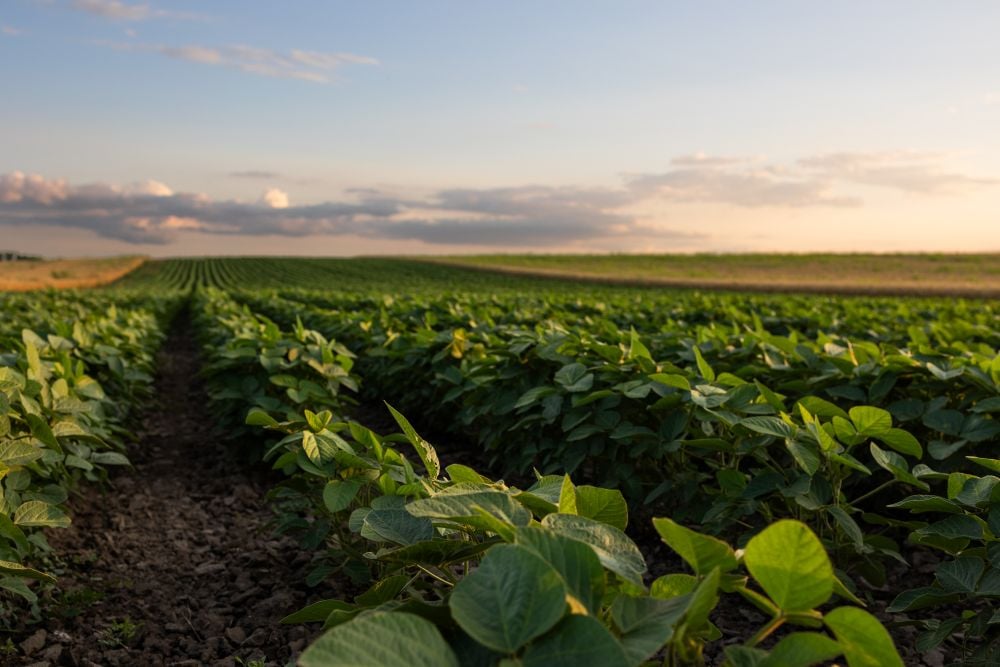Glacier FarmMedia – Wheat production in the central Asia country of Kazakhstan is expected to bounce back in 2024/25 according to the United States Department of Agriculture attaché in the capital of Astana.
The attaché projected a wheat harvest of 15.80 million tonnes, a sharp improvement over the 2023/24 crop of 12.11 million that was hampered by dry conditions. However, the expectations for 2024/25 will be less than the 2022/23 crop of 16.40 million tonnes.
The Astana desk noted the heavy flooding this spring in the north and west of Kazakhstan, but a system of Soviet-era dikes mitigated the extent of the water on wheat fields. Rather much of the damage was to rural residential areas and to livestock, with about 112,500 head were evacuated. More than 7,000 head were lost, mostly sheep.
Read Also

U.S. grains: CBOT soybeans, corn, wheat fall in USDA data aftermath
Chicago grains took a dive on Friday, following a closely watched U.S. government crop report and the release of export data that could provide clues into Chinese buying.
The area of Kazakhstan to be harvested was pegged at 13.20 million hectares, up from the 13.13 million last year and the 12.89 million the year before that. Yields were projected to rebound, with the attaché estimating 1.20 tonnes of wheat per hectare from the 0.92 in 2023/24, but short of the 1.27 in 2022/23.
While Kazakhstan wheat exports are to climb to 11.10 million tonnes from last year’s 10 million, imports are to ease back to two million compared to the 2.20 million in 2023/24. Prior to that exports were 10.50 million tonnes in 2022/23 and imports topped 3.10 million.
Total consumption is set to increase to 6.20 million tonnes this new crop year versus the 5.95 million in 2023/24. Based on a total supply of nearly 19.26 million tonnes, ending stocks were projected to rise to almost 1.96 million. In 2023/24 total supply was short of 17.41 million tonnes and ending stocks were almost 1.46 million. Those for 2022/23 saw a total supply of slightly under 21 million tonnes and ending stocks just short of 3.10 million.
— Glen Hallick reports for MarketsFarm from Winnipeg













